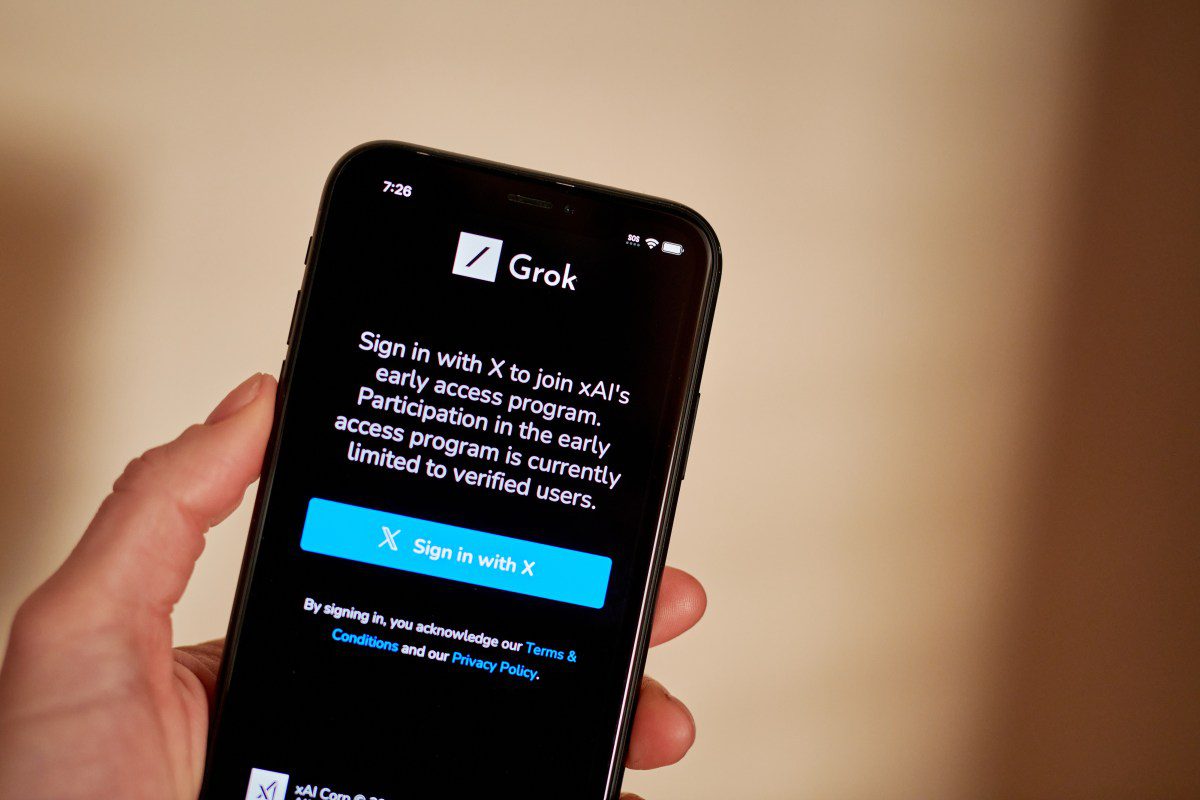
On Monday evening, Elon Musk’s artificial intelligence company, xAI, announced the release of its prominent AI model, Grok 3, along with exciting new features for both the Grok iOS and web applications.
Grok serves as xAI’s competitor to standout models such as OpenAI’s GPT-4o and Google’s Gemini. This model is designed to analyze images and answer queries and is integrated into several features on Musk’s social platform, X. Grok 3, which has been in the works for several months, was initially anticipated for a 2024 launch but missed that target.
The recent launch is a bold move.
To train Grok 3, xAI has utilized a massive data center in Memphis, equipped with approximately 200,000 GPUs. In a post on X, Musk claimed that Grok 3 was built with “10 times” the computational power of its previous version, Grok 2, utilizing a broader training data set that reportedly includes court case filings.

During a live-streamed event, Musk stated, “Grok 3 is significantly more capable than Grok 2,” emphasizing that it is a “maximally truth-seeking AI, even if that truth does not align with political correctness.”
Grok 3 is actually a collection of models. A smaller variant, Grok 3 mini, offers faster response times at the expense of some precision. Although not all features associated with Grok 3 are currently available (some remain in beta), the rollout commenced on Monday.
xAI asserts that Grok 3 outperforms GPT-4o in various benchmarks, including AIME (which assesses math performance) and GPQA (which examines models with advanced scientific problems). An early version of Grok 3 also performed competitively in Chatbot Arena, a crowdsourced test evaluating different AI models based on user preferences.

In the new Grok 3 family, two specific models, Grok 3 Reasoning and Grok 3 mini Reasoning, are designed to carefully “think through” various problems, akin to reasoning models like OpenAI’s o3-mini and those developed by DeepSeek R1. These reasoning frameworks strive to self-verify their conclusions before presenting answers, mitigating some challenges typically encountered by AI models.
xAI claims that Grok 3 Reasoning outperforms the highest version of o3-mini—o3-mini-high—in multiple benchmark tests, including the recent mathematics evaluation AIME 2025.

These reasoning models are accessible through the Grok app, where users can prompt Grok 3 to “Think,” or, for more complex inquiries, utilize the “Big Brain” mode for enhanced reasoning backed by additional computing resources. xAI positions these reasoning models as ideal for tackling problems in mathematics, science, and programming.
Musk noted that some of the reasoning models’ “thought processes” are deliberately obscured within the Grok app to inhibit distillation, a technique utilized by developers to extract knowledge from existing AI systems. Recently, DeepSeek faced accusations of distilling OpenAI’s models for its own development.
The introduction of reasoning models supports a new feature within the Grok app called DeepSearch, a competitor to AI-driven research tools such as OpenAI’s deep research. DeepSearch combs through the internet and X to evaluate data, providing a summary in response to user questions.
Subscribers to X’s Premium+ tier ($50 monthly) will be the first to access Grok 3, while additional features will be part of a new offering, termed SuperGrok. This plan is expected to cost $30 monthly or $300 annually (as per leaked information), and will provide advanced reasoning, DeepSearch capabilities, and unlimited image generation.

In the near future—within about a week—Musk mentioned that the Grok app will introduce a “voice mode,” allowing the Grok models to use a synthesized voice. Within a few weeks after that launch, Grok 3 models will be accessible via xAI’s enterprise API, which will include the DeepSearch feature.
Musk also stated that xAI intends to make Grok 2 open-source in the forthcoming months.
“Our general plan is to release the last Grok version as open-source once the next version is completely available,” he explained. “Once Grok 3 reaches maturity and stability, which should happen within a few months, we will open-source Grok 2.”
When Musk introduced Grok around two years ago, he branded the AI as unconventional, unfiltered, and oppositional to conventional political narratives—generally ready to tackle controversial topics that other systems might shy away from. Some of that promise was upheld; for instance, Grok and Grok 2 embraced vulgarity when prompted, responding with a level of frankness not typical of ChatGPT.
However, earlier versions of Grok had a tendency to be cautious regarding political topics and often refrained from crossing certain lines. In fact, one study indicated that Grok’s responses leaned towards liberal viewpoints on issues like transgender rights and diversity initiatives.
Musk has attributed this behavior to the training data sourced from the public web and has promised to work towards making Grok more politically neutral. However, it remains uncertain whether xAI has realized this objective or what implications it may have.









